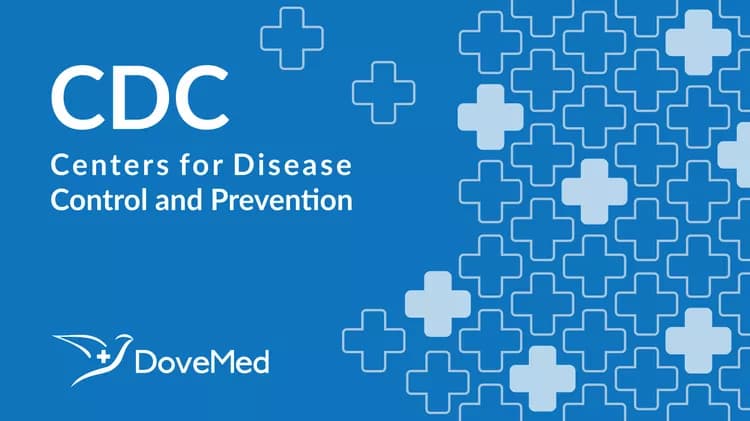
Little Progress Being Made in Reducing Smoking Among High School Students
Little Progress Being Made in Reducing Smoking Among High School Students
One in Five High School Students Still Smoking
Current cigarette use among high school students nationwide began to decline in the late 1990s, but the rate of decline slowed during 2003–2009, according to CDC's Morbidity and Mortality Weekly Report (MMWR). The report published today shows that since 2003, the rate of decline in current cigarette use slowed or leveled off for all of the racial/ethnic (white, Hispanic, and black) and gender subgroups except black female students, for which rates of current cigarette use showed no slowing or leveling off after 1999.
Because of this slower rate of decline, the United States has not met its national 2010 health objective of reducing cigarette use among high school students to 16 percent or less. The MMWR article examines data for 1991–2009 from CDC's national Youth Risk Behavior Survey to evaluate trends in cigarette use among U.S. high school students in grades 9–12.
"Although 4 of 5 don't smoke, it's discouraging to see that current smoking did not continue to decline more rapidly among youth," said CDC Director Thomas R. Frieden, M.D., M.P.H. "Smoking is the leading preventable cause of death in this country and 9 out of 10 adults started smoking in their teens or earlier. The slow progress since 2003 tells us that much more needs to be done to reduce youth smoking."
The report found:
The percentage of students who reported current cigarette use increased from 27.5 percent in 1991 to 36.4 percent in 1997, declined sharply to 21.9 percent in 2003, and declined more gradually to 19.5 percent in 2009.
The percentage of students who ever smoked cigarettes did not change from 1991–1999, declined from 70.4 percent in 1999 to 58.4 percent in 2003, and then declined more gradually to 46.3 percent in 2009.
The percentage of students who reported current frequent cigarette use increased from 12.7 percent in 1991 to 16.8 percent in 1999, declined to 9.7 percent in 2003, and then declined more gradually to 7.3 percent in 2009.
The report reaffirms the need to return teen smoking trends to a more rapid rate of decline as was seen from the late 1990s through 2003. Effective strategies to address cigarette smoking by young people include expanded counter-advertising mass media campaigns; reduction to tobacco advertising, promotions, and availability of tobacco products; tobacco-free environments; programs that promote changes in school norms; and higher tobacco prices through state excise tax increases.
For an online version of this MMWR report, visit www.cdc.gov/mmwr. People who smoke can call 1-800-QUIT-NOW (1-800-784-8669) or visit www.smokefree.gov for quitting assistance. The 2009 Youth Risk Behavior Survey data are available at www.cdc.gov/yrbs. For more state-specific tobacco data, visit CDC's State Tobacco Activities Tracking and Evaluation System at http://www.cdc.gov/tobacco/statesystem. Follow us on Twitter @ www.twitter.com/CDCTobaccoFree.
Additional Resources
Smoking and Tobacco Use Widget
[http://www.cdc.gov/widgets/index.html#SmokingTobacco]
2009 YRBS Data Widget
[http://www.cdc.gov/widgets/index.html#yrbs]
###
U.S. DEPARTMENT OF HEALTH AND HUMAN SERVICES
Related Articles
Test Your Knowledge
Asked by users
Related Centers
Related Specialties
Related Physicians
Related Procedures
Related Resources
Join DoveHubs
and connect with fellow professionals

0 Comments
Please log in to post a comment.